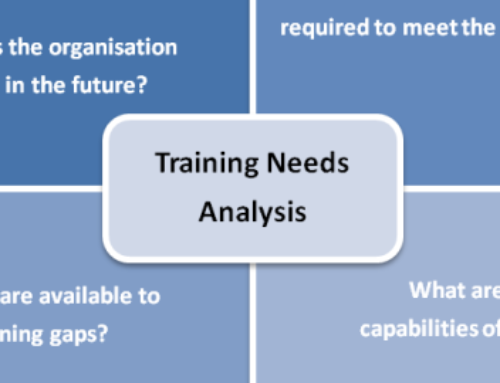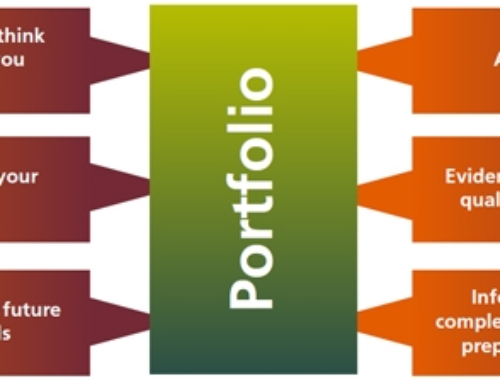The hallmark of a higher order question is that it prompts the learner to explore an idea or concept, instead of simply trying to find a singular solution. There are more complex by nature, as learners must reflect upon the subject matter, use previously learned knowledge, and create assumptions or hypothesis based on their findings. In essence, higher order questions go beyond all other forms of inquiry, by asking learners to think about the why and how of things, rather than the what.
By engaging in abstract higher order thinking, your learners have the opportunity to draw comparisons, formulate their own interpretations, and examine a variety of different solutions in order to arrive at the most accurate answer. They must also back their opinions and assumptions with facts, and make speculations that stretch their mental boundaries.
Low Order vs. High Order Questions
Before delving into the different types of higher order questions and how to use them effectively in eLearning experiences, it’s important to make a clear distinction between high and low order questioning.
- Low order questions.
A low order question has a limited number of acceptable answers. “How do you perform a transaction on the point of sale system?” is an example of a low order question. There are only a handful of correct answers, and the questioned is designed to test your learner’s ability to carry out a specific task. - High order questions.
Higher order questions prompt your learners to explore the reasoning and logic behind the idea or concept. “Why do you have to follow company procedure when performing a transaction?” is an example of a higher order question. Your learner must not only think about how to conduct a transaction, but why it is important for them to follow corporate policy.
Types of Higher Order Questions
Higher order questions are most effective when they align with Bloom’s Taxonomy. Here are the 6 types of higher order questions, based on the hierarchy of levels:
- Knowledge.
This form of higher order questioning requires the learner to apply previously learned knowledge and recall important facts and ideas in order to formulate their response. - Comprehension.
Learners must demonstrate their level of comprehension by comparing and organizing ideas or concepts. This type of question also involves interpretation and explanation. - Application.
Application questions require learners to find new applications for previously learned knowledge. For example, they might be asked to use facts and techniques that they acquired in an earlier lesson to tackle a problem that may seem unrelated. - Analysis.
Analysis questions require the learner to analyze and assess the information, then determine the cause or reason. Learners must make assumptions or hypothesis, and uncover evidence or facts that support those assumptions. - Synthesis.
Synthesis questions encourage the learner to gather all of the necessary information, then look at it from a different angle. They must combine various ideas and concepts to come up with a solution. - Evaluation.
Learners must share their opinion or defend their position by presenting ideas and assumptions that rely upon a specific set of criteria. Asking them how they would tackle a problem differently is an example of an evaluation question.
4 Tips To Use Higher Order Questions in eLearning
- Encourage free-thinking.
One of the advantages of higher order questions is that they encourage learners to use their creativity, without running the risk of being judged. By creating open-ended higher order questions, online learners have the ability to come up with a variety of different solutions to the problem. They can think freely about all possible outcomes and use facts, opinions, and assumptions to explore all facts of the issue. - Use divergent questions to tap into previously learned knowledge.
Divergent questions are a form of higher order questioning. It does not have a single correct response and prompts the learner to look at the subject matter in broad terms. Divergent questions give your learners the chance to seek out knowledge on their own and create a hypothesis based on previously learned knowledge. “What do you think might have happened if the main character chose to walk away from the argument” is an example of a divergent question. Learners must use their personal experience and insight, as well as the information they have learned, to predict an alternative outcome. - Use convergent questions to create a connection.
Convergent questions are designed to test a learner’s comprehension and to create a connection between ideas and concepts. This helps them to develop their critical thinking and comparison skills. They must search their memory banks for information that can be applied to this new challenge or situation, which boosts their knowledge retention. “What other tools could the main character have used to resolve the conflict?” is an example of a convergent question. To answer the question, learners are required to examine other conflict resolution tools they have discovered in the past, then figure out which ones would be ideal for the online scenario. - Ask students to explore their responses. When a learner responds to a higher order question, make the learning experience even more beneficial by asking them to clarify or elaborate upon their answer. This is known as “probing”. It allows learners to gain a better understanding of why the answer is correct, which makes the subject matter more memorable and greatly improves comprehension.
Encourage your learners to reflect and connect with the subject matter, and interact with it in a profound and powerful way by using higher order questions in your next eLearning course.
This post was first published on eLearning Industry.





